Tips for a Successful House Foundation
Contents
Preliminary study
Excavation of the foundation
Reinforcing the foundations
Pouring the concrete
The foundations of a house are an essential element in the stability of the structure. In the construction of a home, the structural work includes the foundations, drainage, base, walls, framework, roof and exterior joinery. In this article, we will focus on the foundations only. The future solidity of the construction depends on the success of this stage.
Here are our tips for a good foundation.
Preliminary study
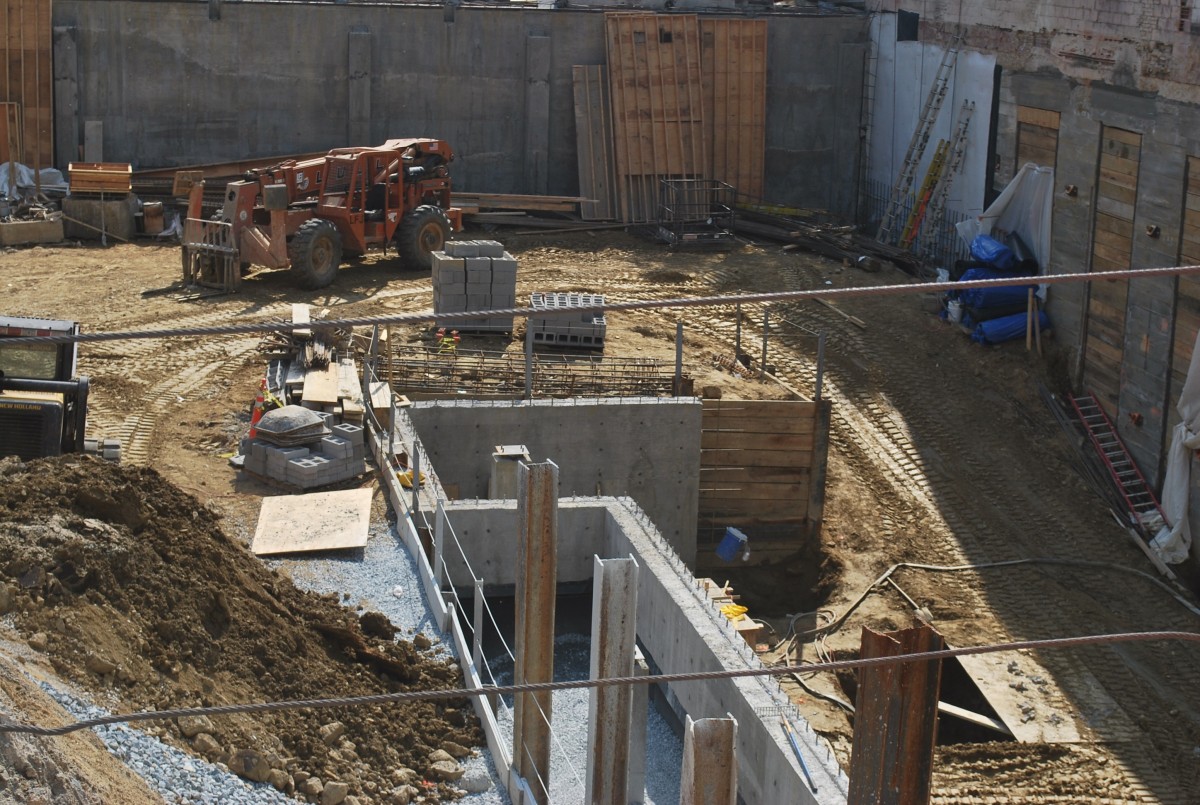
It is necessary to carry out a geotechnical study to calculate all the elements that make up the foundations. It consists of analyzing the soil, and its purpose is to know how to distribute the loads on the ground according to its composition, nature, thickness, etc.
All of these parameters will allow us to calculate not only the intrinsic qualities of the foundations but also to define the depth and width of the foundations.
Excavation of the foundations
Before digging the excavations, i.e. the excavated area in which the foundations of the house will be poured, you must prepare the site.
Start by marking out the location of the future walls either with a can of temporary marking paint for about $5 or with a chalk line, which allows you to draw lines with powder at $5 on average.
Once each wall location has been marked out, mark the location of the excavations to be carried out.
Smoothing the ground
The work’s opening is marked by the smoothing of the ground intended to support the house. The excavator removes the excess earth, and the trenches used for the network connections (water, electricity) are dug; you can then lay the foundations.
The excavations are usually twice as wide as the future wall and compulsory if the wall is more than 1 m high. Thus, if the wall is 20 cm thick, the excavations must be 40 cm wide;
In terms of depth: count between 50 and 80 cm, depending on the height of the wall.
The importance of foundations for the house
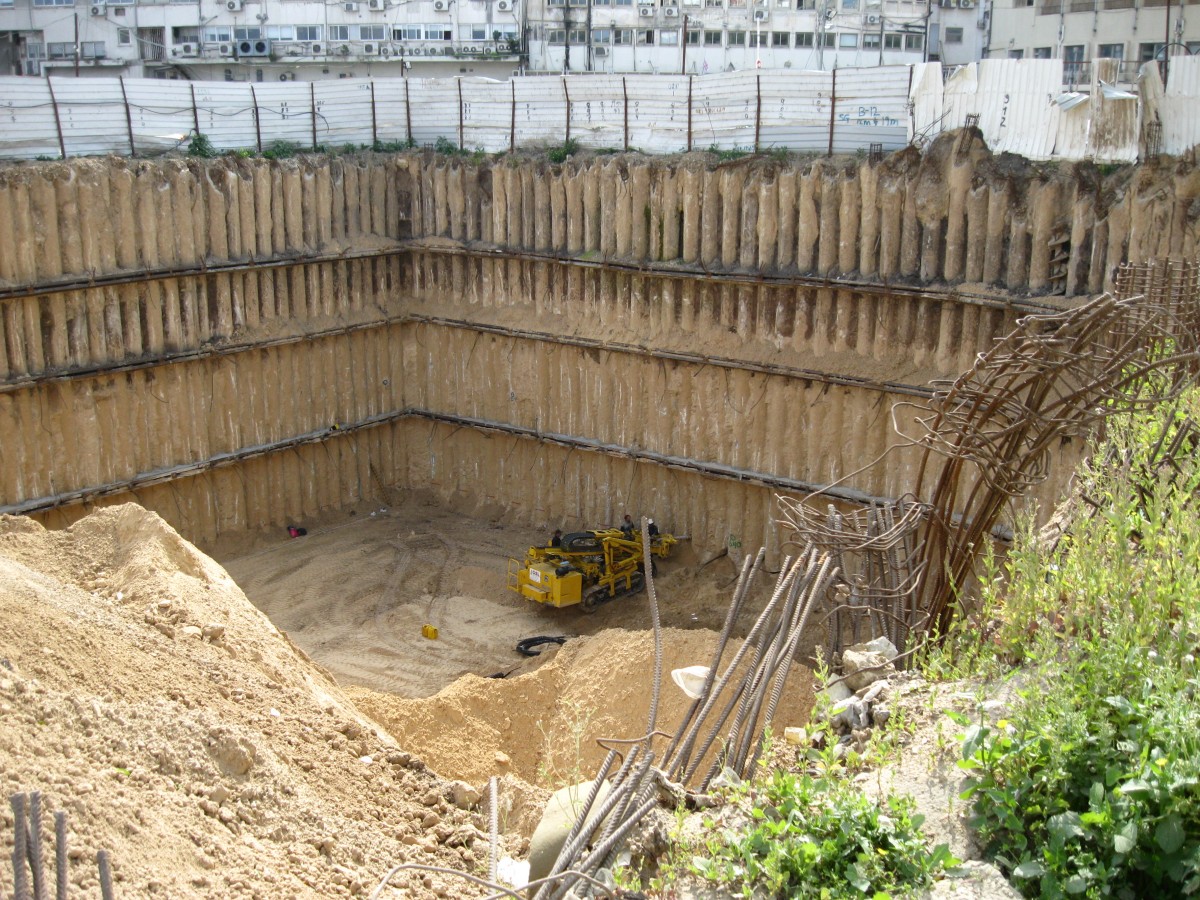
The foundations are an essential step as they anchor the house in the ground. They also ensure that the house is solid. A geologist can carry out a geotechnical study: it will enable the foundations to be adapted to the nature of the land.
Foundations are divided into three categories, depending on the depth required for the construction: deep foundations, semi-profound foundations and shallow foundations.
Please note: never carry out foundation work during frosty periods.
Reinforcing the foundations
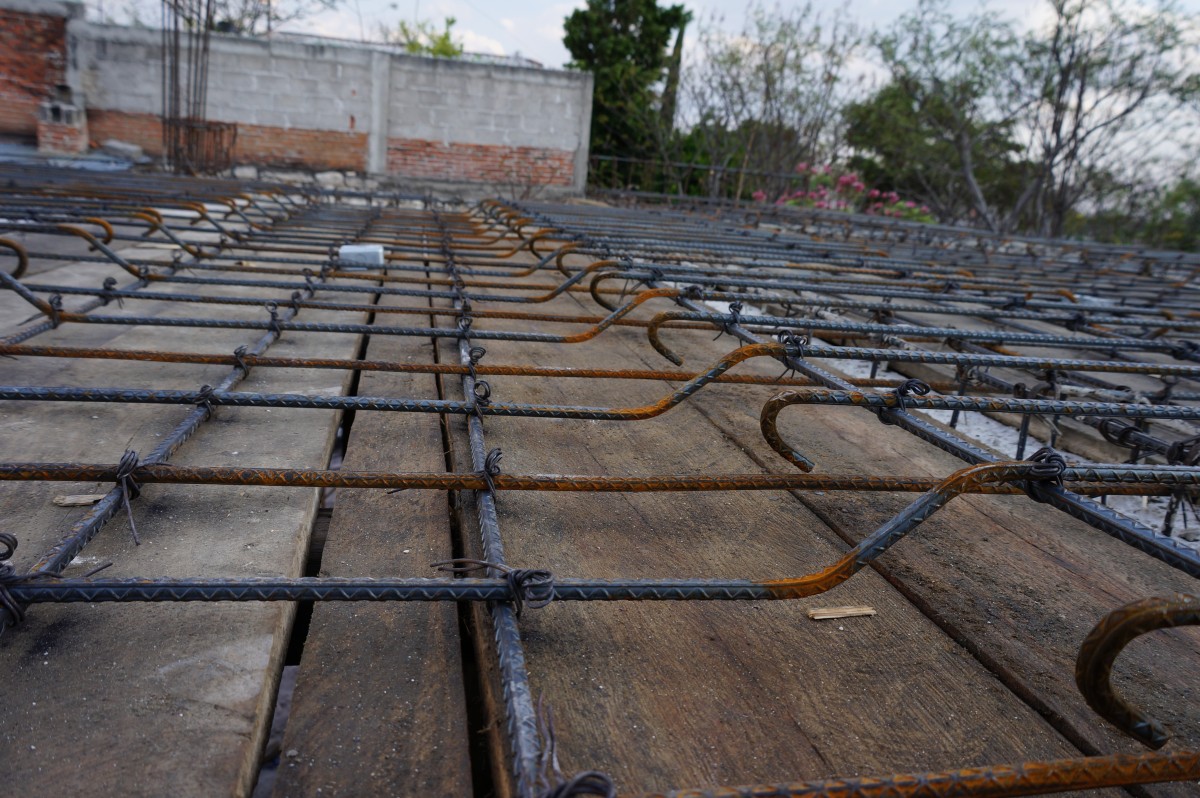
Before pouring the concrete into the excavation, it is essential to take care of the reinforcement, i.e. the iron reinforcements in the concrete.
The iron embedded in the concrete of the foundations will make them more flexible and, therefore, more resistant.
The geotechnical study determines the size of the reinforcement.
The more stable the soil, the smaller the diameter of the reinforcement required for the foundations.
The reinforcement must not be in direct contact with the ground: remember to provide shims.
Pouring the foundations of the house

On the stable ground, a trench is made to ensure deep and frost-free foundations. The trench dimensions for pouring a house’s foundations are generally 60 cm wide and 40 cm deep.
Reinforcing rods are placed to connect the future welded mesh of the slab with the walls of the crawl space.
A reinforced concrete footing is then poured into this trench, allowing the house load to be distributed over a large area of stable ground.
Note: the concrete footing should be poured soon after the foundation has been dug. Indeed, a storm or rainy episode could quickly fill them in!
Pouring the concrete
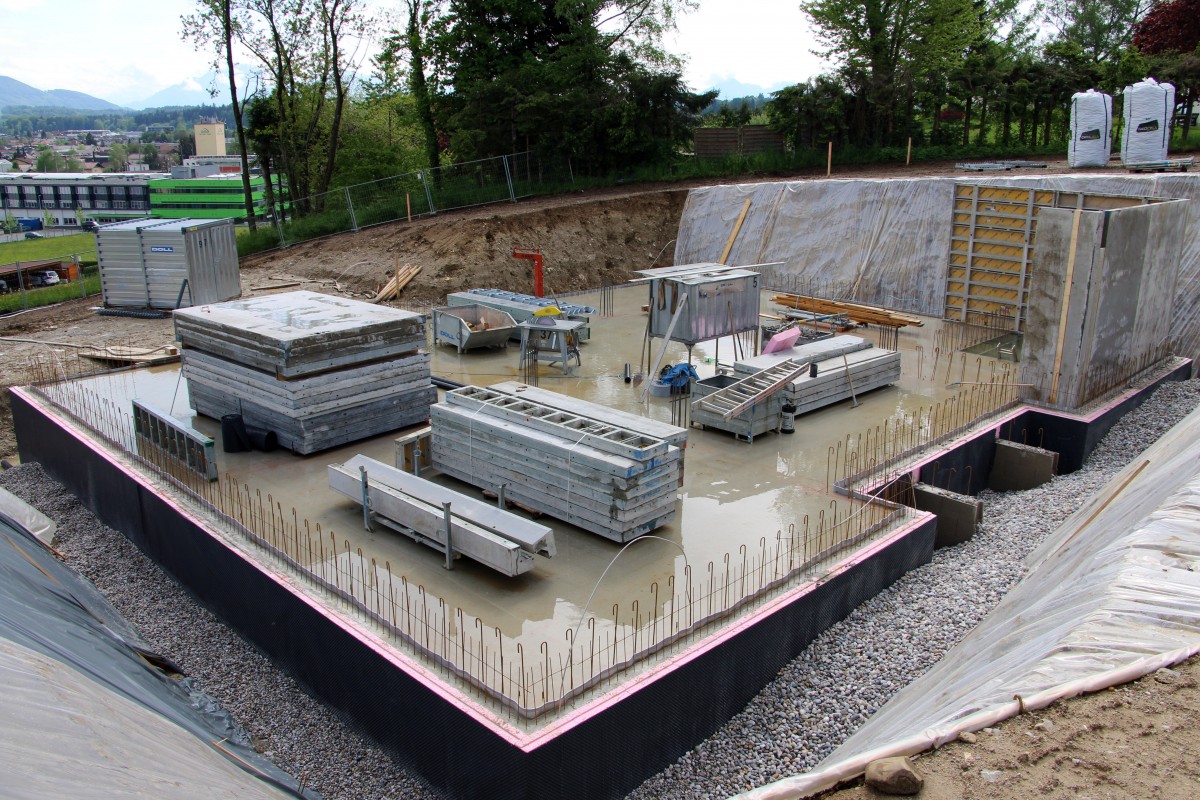
When pouring concrete, it is essential to ensure that the reinforcement is well set in the middle of the foundations and that no iron elements come out of them.
Before the truck mixer comes to pour the concrete, check the stability of the edges of the excavation. If necessary, do not hesitate to take a rake to remove any clods of earth that may fall out while pouring the foundations.
Good to know: the concrete should be poured immediately after the excavation is completed to prevent it from filling up with earth, leaves, etc. This is even more true in the case of rain.
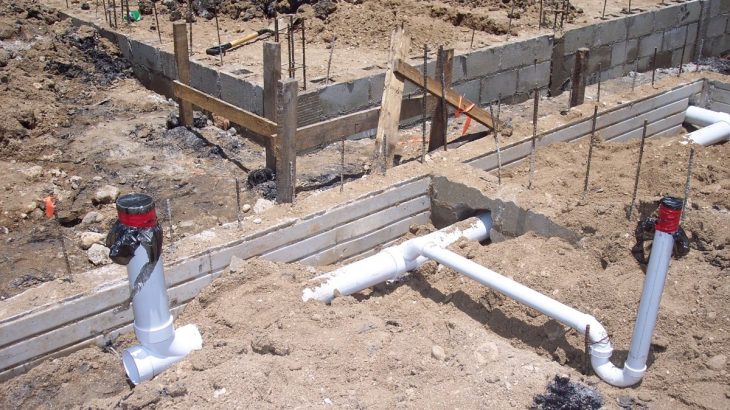



















One thought on “Tips for a Successful House Foundation”